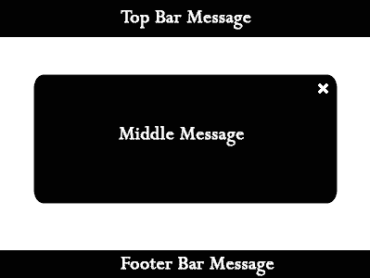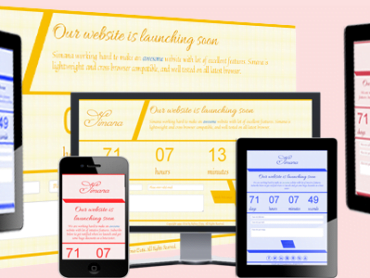Spring Boot and Quarkus- When choosing a Java framework for backend systems, performance often becomes the deciding factor. While both Spring Boot and Quarkus deliver robust features, their architectural differences lead to striking performance variations. Let’s analyze three critical dimensions—startup speed, memory efficiency, and runtime throughput—to determine which framework best suits your project’s needs.
1. Startup: Quarkus Takes the Cake
Spring Boot packs powerful features but suffers from notoriously slow startup times due to its implicit dependency tracking system. This architectural choice forces the framework to scan and load components at runtime, creating significant overhead.
Quarkus takes a radically different approach. Designed specifically for Kubernetes and serverless environments, it achieves lightning-fast startup through two key innovations:
Compile-time dependency injection
GraalVM native image execution
The numbers tell the story clearly:
For cloud-native applications where rapid scaling and cold starts are critical, Quarkus clearly outperforms Spring Boot. The framework’s design choices make it ideal for modern microservices architectures and serverless deployments.
2. Memory Footprint: Quarkus is More Efficient
Memory consumption impacts execute costs… especially when using containers.
Spring Boot – Typically has memory consumption in the range of 100-300MB of RAM – Due to runtime reflection and dynamic class loading.
Quarkus – While consuming memory in the range of 50-100MB – though can be even <10 MB in native mode – since it avoids run-time overhead.
If low memory consumption is a priority (e.g., microservices or serverless), Quarkus is the better option.

3. Runtime Performance: Trade-offs
Quarkus has advantages in startup and memory, while Spring Boot can equal or outpace Quarkus in throughput with workloads that engage the JVM for a longer time.
Spring Boot – Runtime performance is optimized for long-running applications taking full advantage of mature JIT optimizations.
Quarkus – Best for short-lived, scalable workloads (like serverless and FaaS).
In summary, if your application is run continuously (for example, monoliths or batch processing), then runtime performance between Spring Boot and Quarkus are competitive.
4. Developer Experience & Ecosystem
While both Spring Boot and Quarkus have rich open-source ecosystems, Spring Boot’s is significantly bigger – Spring Data, Spring Security, Spring Cloud, and so on – which makes it so attractive for enterprise apps.
Quarkus offers a more robust live coding experience and is more well integrated with Kubernetes than Spring Native; however, it has far fewer plugins available to use in the ecosystem.
If your goal is to be productive, and iterate quickly, Quarkus has the advantage with its dev mode.
5. Native Compilation – Quarkus is Preferred
With GraalVM native images, Quarkus is able to deliver in an instant startup and small heap memory, while Spring Boot has native support but is still maturing.
Quarkus: Fully optimized for native compilation.
Spring Boot: Native support is available but takes more effort to tune. (Spring Boot and Quarkus)
Overall, if you are doing serverless, or edge computing, Quarkus is your best option.
Bottom Line: Which Should You Choose?
Select Quarkus if you want fast startup, low memory and cloud-native scaling.
Select Spring Boot if the maturity of the ecosystem, long-running apps, or enterprise integrations is your focus.
Contact Us
 We will manage / design your wix website
Rated 5.00 out of 5
We will manage / design your wix website
Rated 5.00 out of 5 Om Contact Form Pro
Rated 5.00 out of 5
Om Contact Form Pro
Rated 5.00 out of 5 NEW WAY
Rated 5.00 out of 5
NEW WAY
Rated 5.00 out of 5 Popup Shraddha Pro
Rated 5.00 out of 5
Popup Shraddha Pro
Rated 5.00 out of 5 Simana Royal Coming Soon Template
Rated 5.00 out of 5
Simana Royal Coming Soon Template
Rated 5.00 out of 5